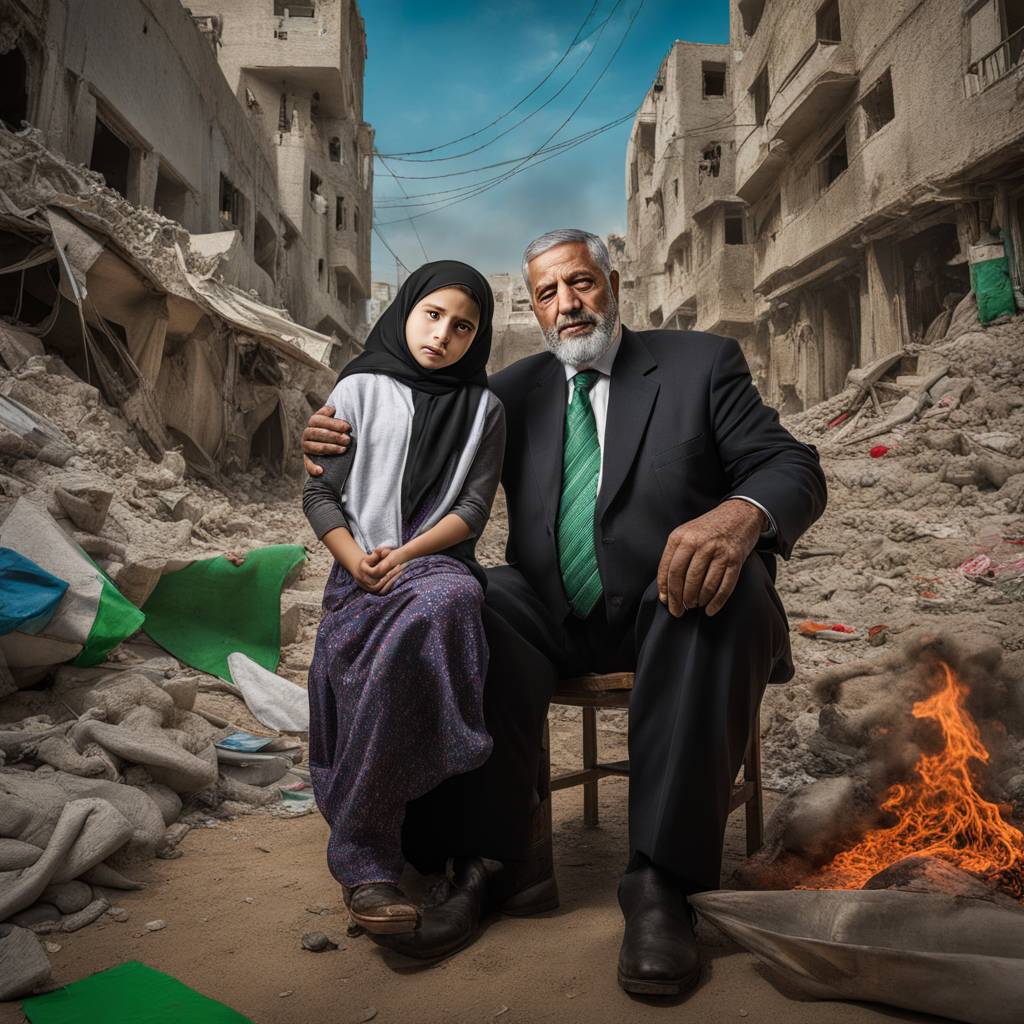The father of Shani Louk, a woman killed by Hamas, defended an award-winning image of her, showing her half-naked and face down in the back of a Hamas pickup truck. The image was taken by Associated Press freelancer Ali Mahmud, who won the Reynolds Journalism Institute’s Team Picture Story of the Year for the photo. Louk, a German tattoo artist, was killed during Hamas’ October 7 attacks on Israel while attending a “Festival for Peace” party near Kibbutz Urim.
The decision to award the prize for Mahmud’s photo sparked backlash on social media and from some Jewish commentators. The State of Israel’s official X profile shared images of Louk alive and smiling, expressing a desire for her to be remembered that way. Israeli writer Hen Mazzig criticized the photo for dehumanizing Louk and legitimizing Hamas’s actions under the guise of journalistic neutrality. He argued that the photo did not humanize the dead or galvanize the public.
Despite the criticism, Nissim Louk, Shani’s father, supported the decision to award the photo, calling it one of the most important photos in the last 50 years. He believed that the image, along with others showing Shani being taken hostage by Hamas militants, symbolized the era and should be used to inform the future. Nissim emphasized the importance of preserving these images as part of history for future generations to understand what happened during the attacks.
Hamas’ October 7 attacks resulted in the deaths of around 1,200 people and the kidnapping of approximately 240 others in Gaza. In response, Israel launched airstrikes and a ground invasion of the territory, resulting in the deaths of over 32,000 Palestinians. Despite the ongoing conflict, Nissim Louk expressed a sense of pride in his daughter’s memory being known worldwide, stating that everyone around the world recognizes who Shani was.
The debate surrounding the award-winning image of Shani Louk highlights the complexities of photojournalism in capturing and portraying sensitive and traumatic subjects. While some view the photo as dehumanizing and controversial, others, like Nissim Louk, see it as an important historical document that shapes collective memory and informs future generations about the events that transpired. The response to the image underscores the ongoing tensions and divisions surrounding the Israeli-Palestinian conflict and the interpretations of visual media depicting its impact.








